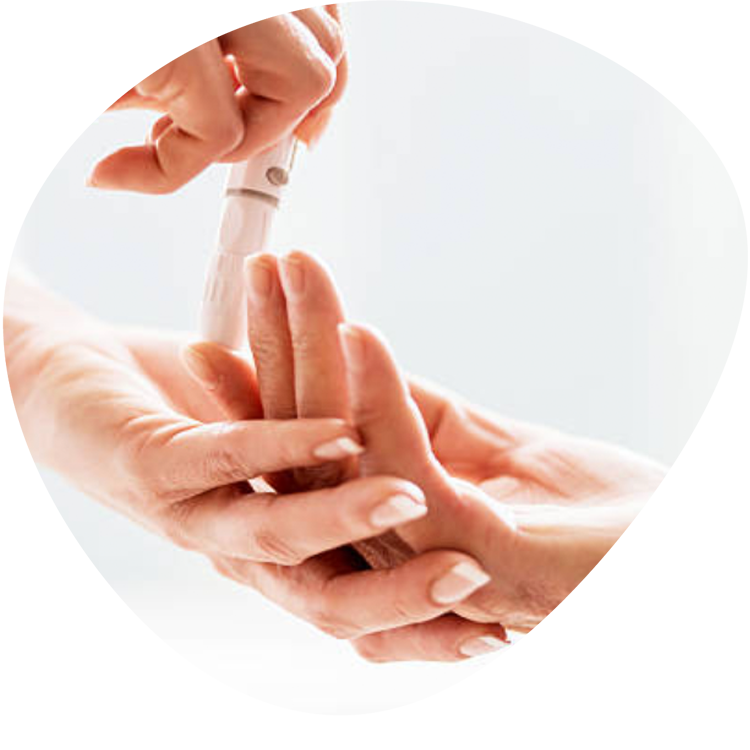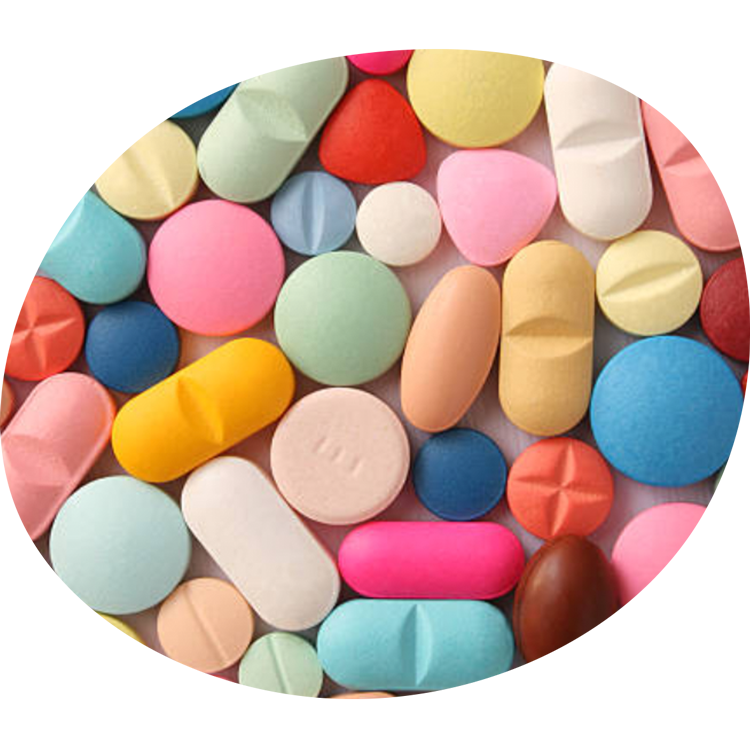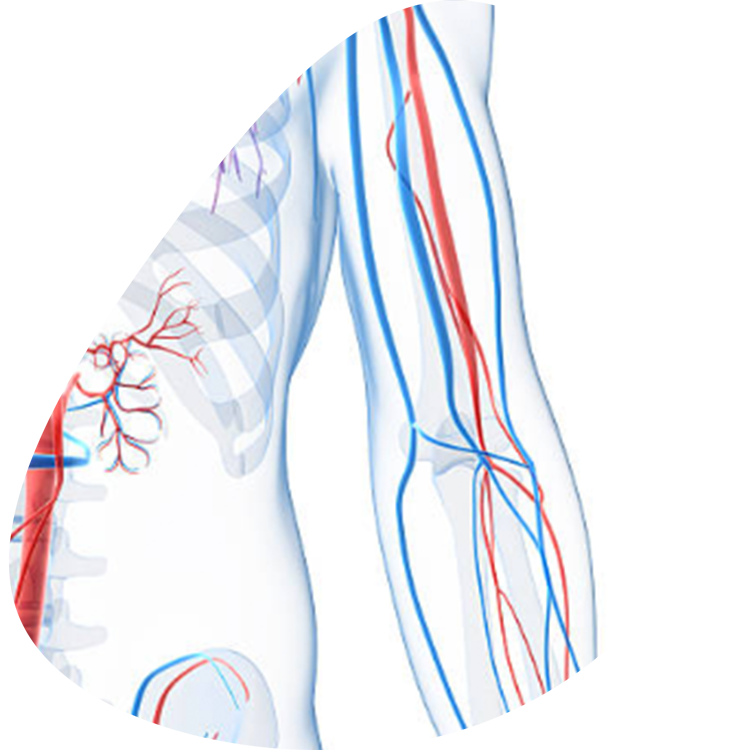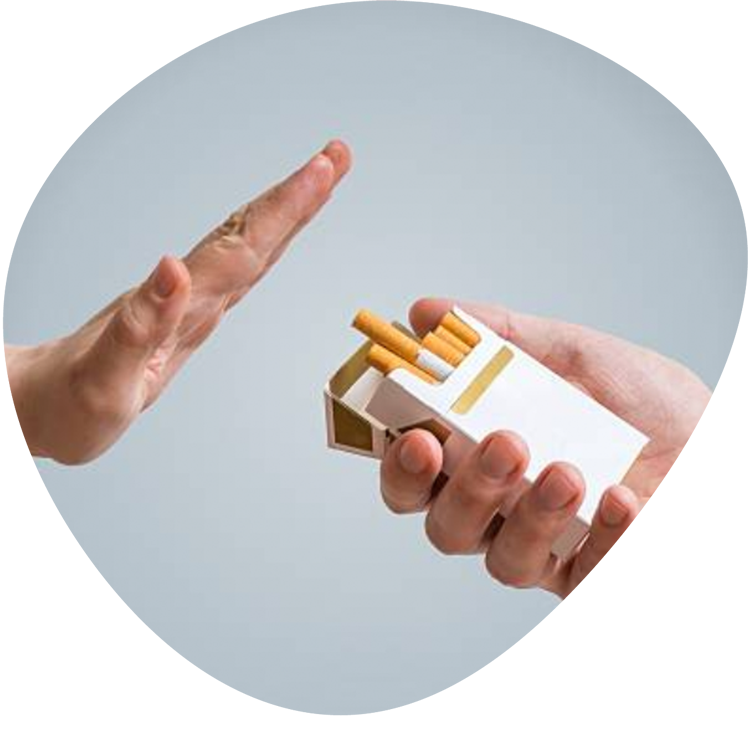SUPERFICIAL WOUNDS
The skin is our organ of contact with the external environment. Its superficial layer plays a vital role: to protect us from external aggressors.
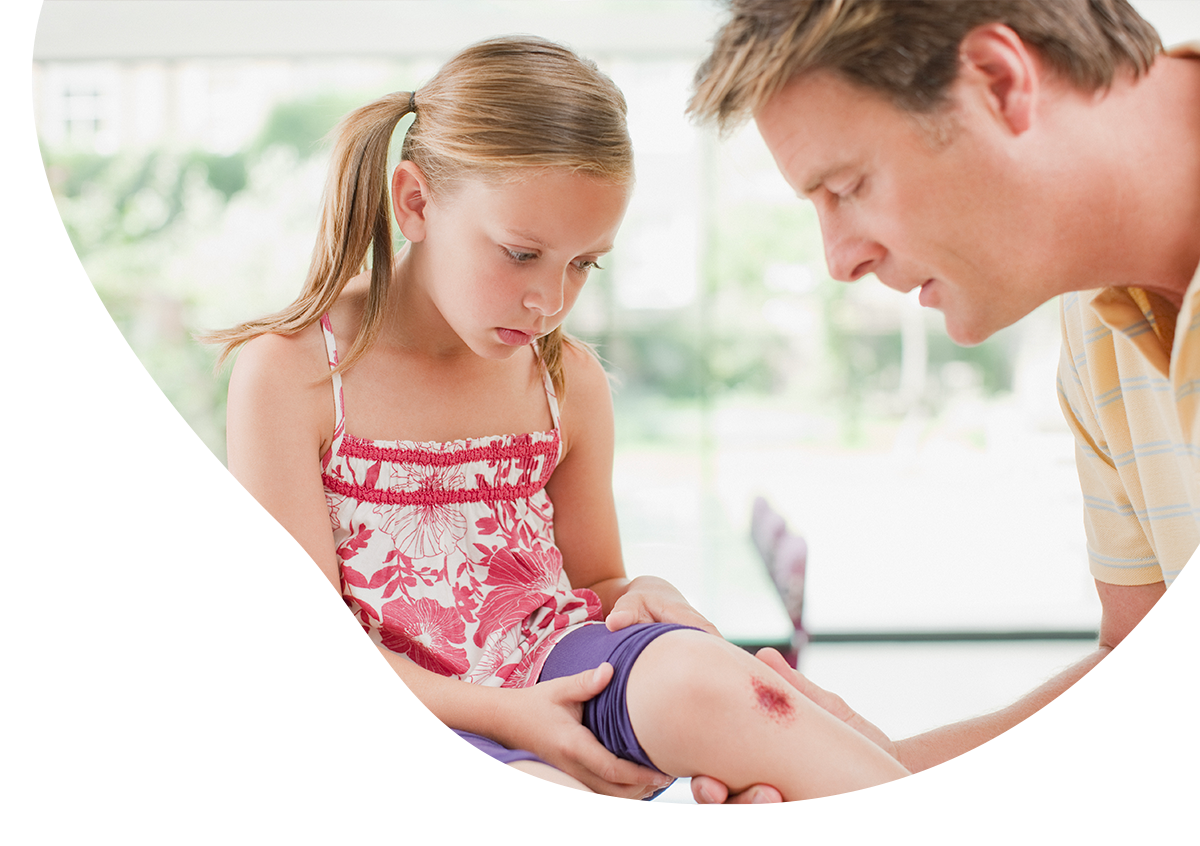
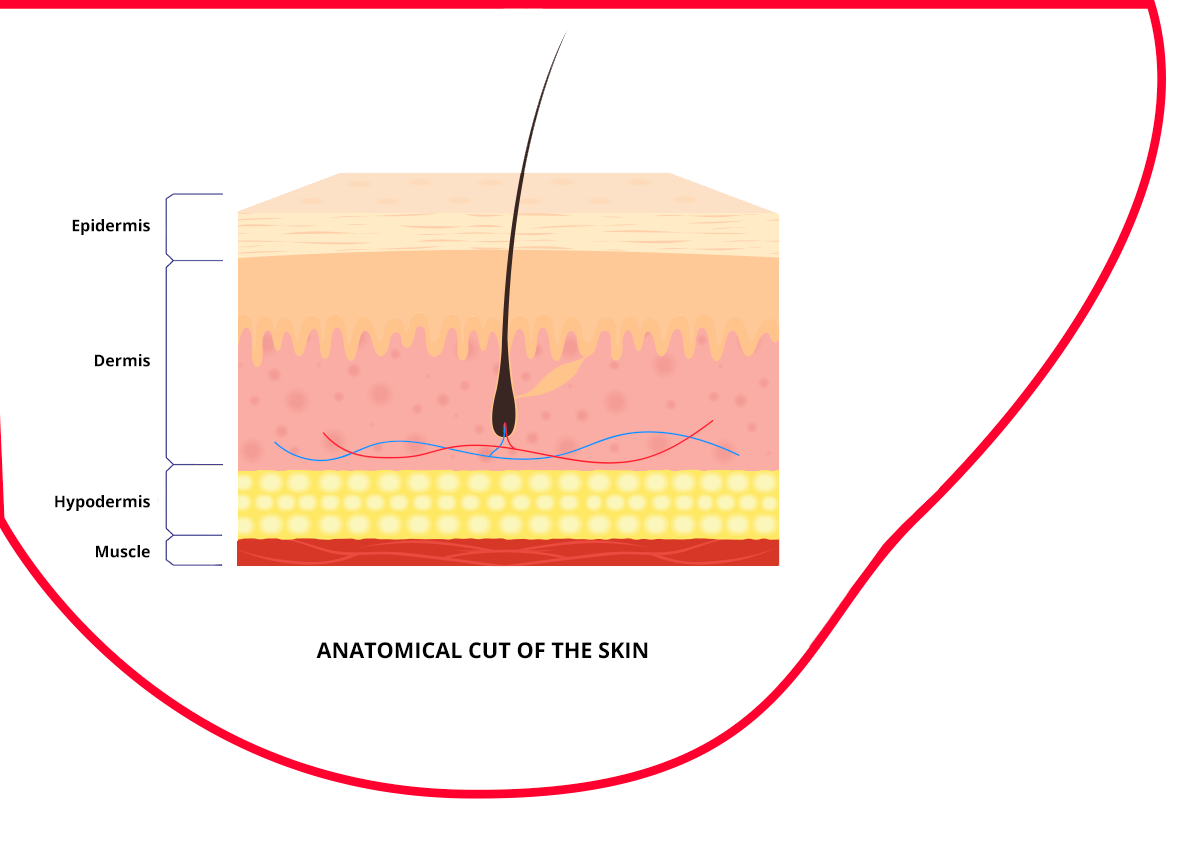
WHAT IS A WOUND?
A wound is an injury to the skin. Even if superficial (only affecting the epidermis and dermis), the wound must be carefully cleaned and treated to prevent any risk of infection (the external signs of which are pain, swelling, redness and heat). That is why all wounds, however small, deserve the greatest care!
When the wound is located in an area that is dense in small blood vessels, it can bleed abundantly but most superficial skin injuries can be treated easily.
How to stop a topical bleeding: Stop Hémo® adhesive, Stop Hémo® spray
DELAYED WOUND HEALING
Wound healing is a natural biological phenomenon of damaged tissueSkin components (epidermis, dermis, hypodermis) repair. It is dependent on many factors, making it unique, from person to person and from wound to wound. Some factors can slow down or even prevent this process from working correctly:
The therapeutic action of Stop Hémo® is completed by the release of calcium ions directly into the wound. Released ions contribute to the activation of the cells involved in the wound healing process.
HAEMOSTASIS DISORDERS
When a blood vessel is pierced, the body’s mission is to repair the breach. The group of mechanisms that participate in stopping the bleed is known as “haemostasisPhysiological process which leads to the formation of blood clotAggregate of different blood cells – platelets, red blood cells, white blood cells – bound together by a protein called fibrins”. Some people suffer from haemostasisPhysiological process which leads to the formation of blood clotAggregate of different blood cells – platelets, red blood cells, white blood cells – bound together by a protein called fibrins disorders which manifest through frequent and difficult-to-manage bleeds.
We distinguish two types of bleeding disorders:
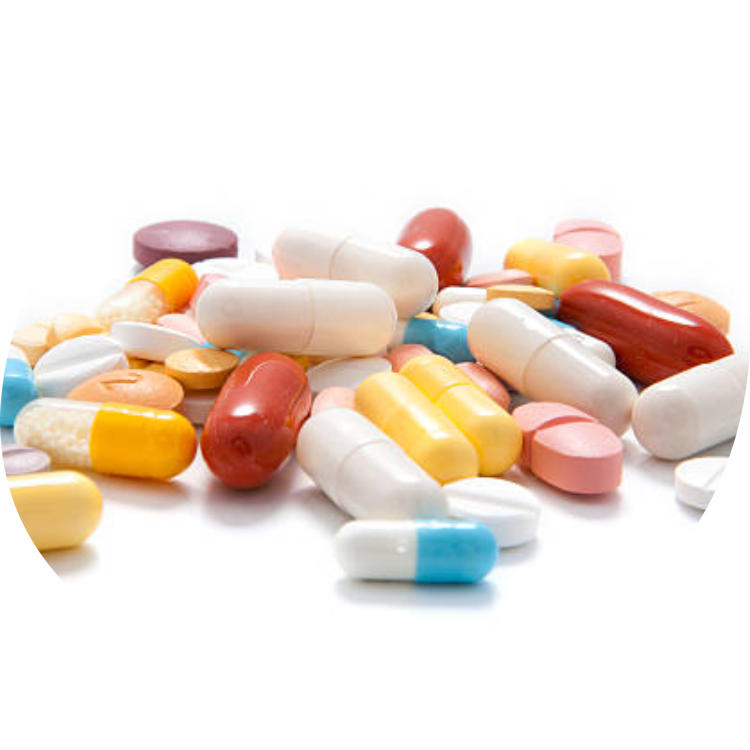
ACQUIRED BLEEDING DISORDERS
People taking platelet aggregationPart of the sequence of events leading to the formation of a thrombus (blood clot) inhibitorsMedicines intended to prevent platelets from adhering to each other, and therefore to prevent the formation of blood clotAggregate of different blood cells – platelets, red blood cells, white blood cells – bound together by a protein called fibrins. The oldest of these medicines is aspirin. They are prescribed for certain cardiovascular diseases, anticoagulantMedicines which prevent or delay the formation of blood clotAggregate of different blood cells – platelets, red blood cells, white blood cells – bound together by a protein called fibrins treatments, VKAOral anticoagulantMedicines which prevent or delay the formation of blood clotAggregate of different blood cells – platelets, red blood cells, white blood cells – bound together by a protein called fibrinss which prevent or delay the formation of blood clotAggregate of different blood cells – platelets, red blood cells, white blood cells – bound together by a protein called fibrins, etc.

CONGENITAL BLEEDING DISORDERS
People suffering from haemophiliaHereditary disease characterised by delayed blood clotAggregate of different blood cells – platelets, red blood cells, white blood cells – bound together by a protein called fibrinting caused by the absence of certain coagulation factorsSubstances which are involved in the blood clotAggregate of different blood cells – platelets, red blood cells, white blood cells – bound together by a protein called fibrinting mechanism, i.e. in the blood solidification process (clot formation), Von Willebrand diseaseHereditary haemorrhagic disease caused by a deficiency of Von Willebrand factor, one of the key proteins of platelet aggregationPart of the sequence of events leading to the formation of a thrombus (blood clot) and coagulation, hereditary haemorrhagic telangiectasiaHereditary disease which affects blood vessels and results notably in recurrent bleeding (Osler-Weber-Rendu), etc.
Stop Hémo® is suitable for people suffering from hemostasis disorders. When it comes into contact with blood, Stop Hémo® releases its calcium ions directly into the wound or into the blood vessel breach responsible for the bleeding. Released calcium ions encourage the physiological haemostasisPhysiological process which leads to the formation of blood clotAggregate of different blood cells – platelets, red blood cells, white blood cells – bound together by a protein called fibrins by speeding up platelet aggregationPart of the sequence of events leading to the formation of a thrombus (blood clot) and acting on the coagulation factorsSubstances which are involved in the blood clotAggregate of different blood cells – platelets, red blood cells, white blood cells – bound together by a protein called fibrinting mechanism, i.e. in the blood solidification process (clot formation). This stops the bleed fast.
